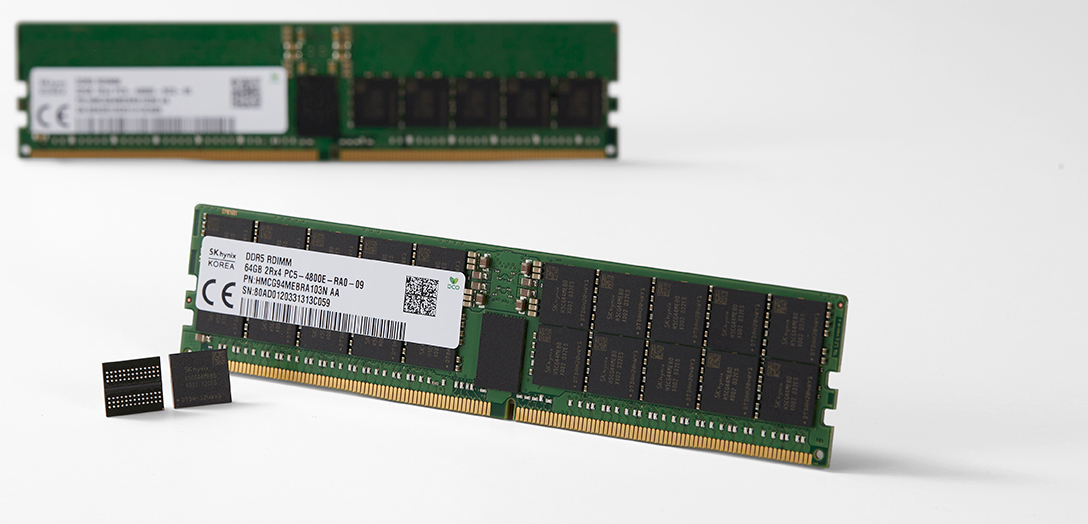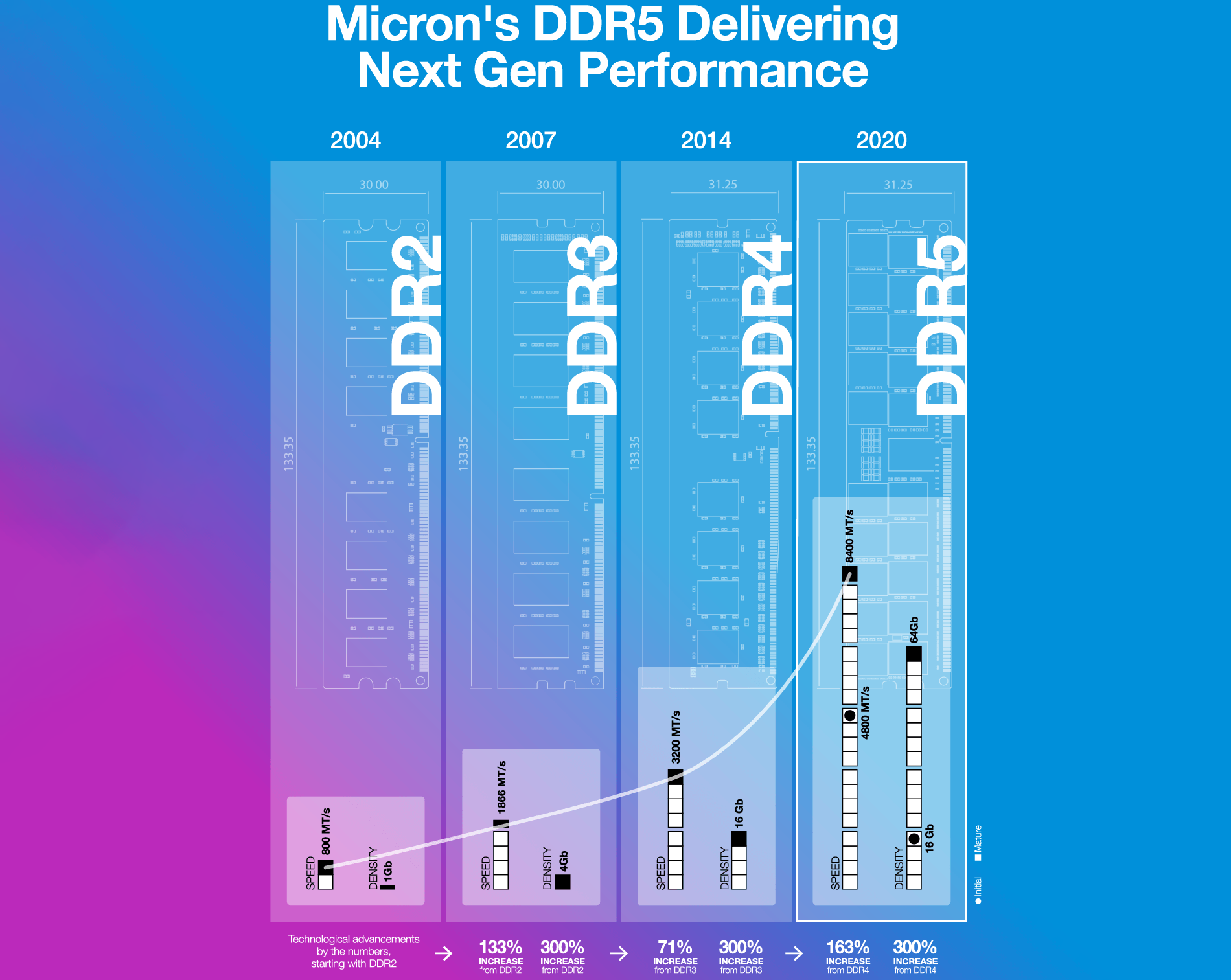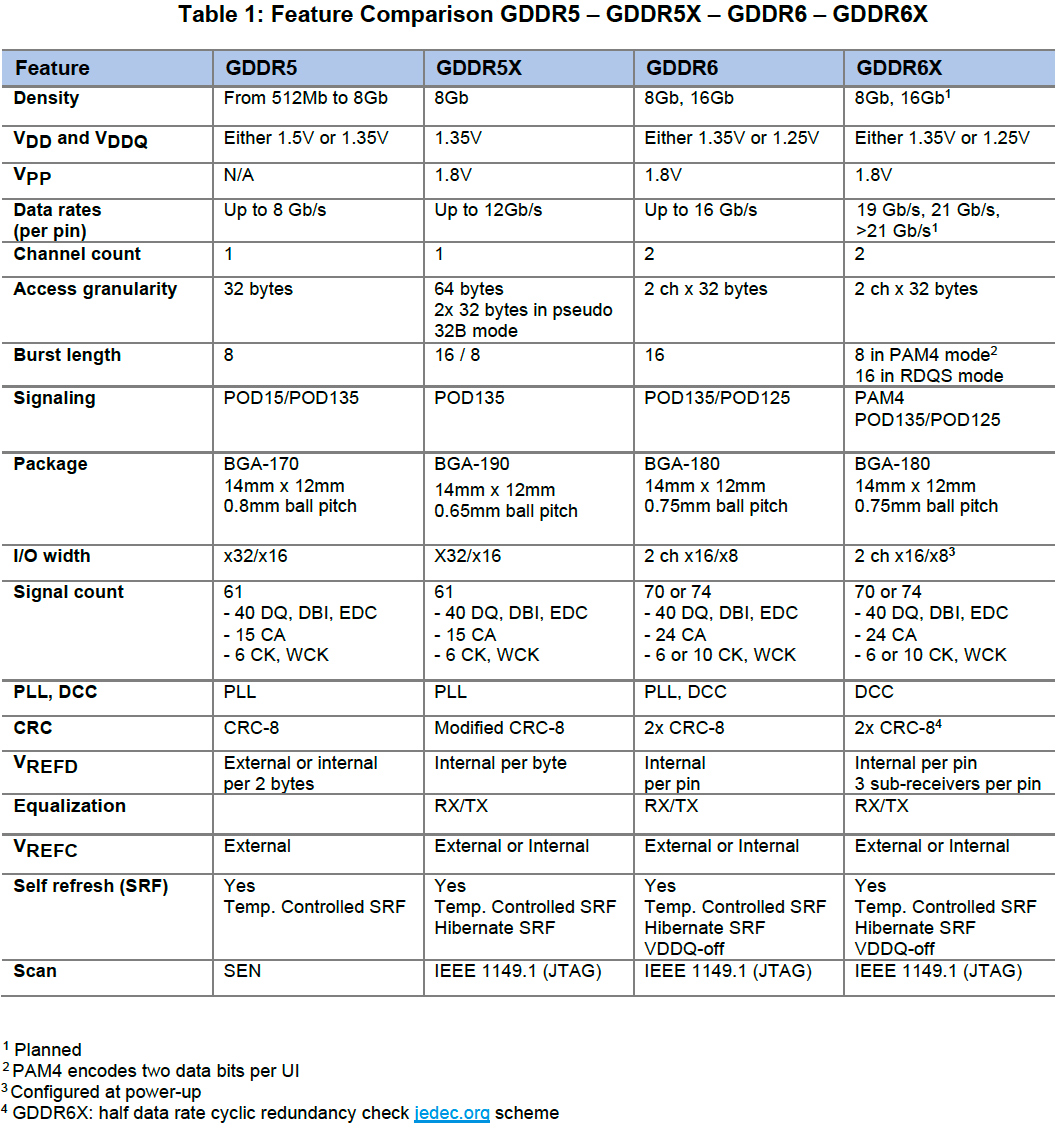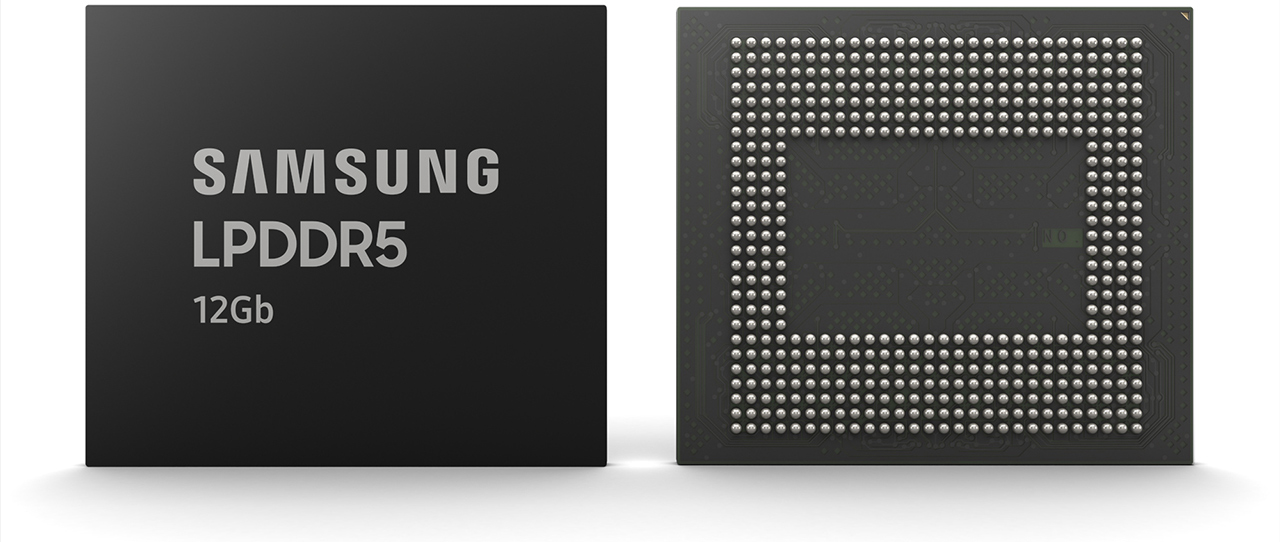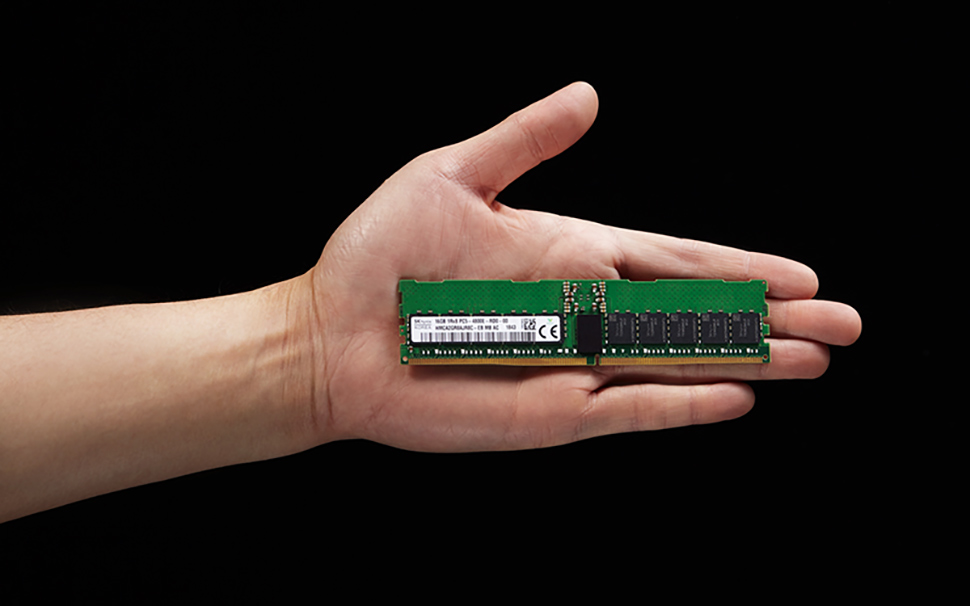Market Researchers Make Predictions: DDR5, GDDR6, GDDR6X, LPDDR5, LPDDR5X Examined
DDR5 on track for 2021 debut, but advance of GDDR6X & LPDDR5X will take time.
Adoption of any new technology by the market takes time. Earlier this year JEDEC published the final DDR5 specification, which marked the start of an industry-wide journey towards transition to the new memory standard. But this journey is going to take several years, according to analysts from TrendForce. While the first server platforms supporting DDR5 are set to arrive in late 2021, it remains to be seen how quickly the technology will be adopted by client PCs. Meanwhile, GDDR6 and LPDDR5 are going to stay with the market for quite some time as succeeding standards — GDDR6X and LPDDR5X — yet have to be adopted by the industry.
PCs and Servers: DDR5 For Capacity and Speed
The DDR5 SDRAM specification was developed with multiple goals in mind the primary one being scalability.
On the one hand, servers are eventually going to take advantage of memory modules up to 2 TB capacity (i.e. a server-grade CPU featuring eight memory channels and supporting two modules per channel could be paired with 32 TB of DDR5 memory (up from 4 TB today). Such capacities will allow the standard to stay with the market for quite a while.
On the other hand, the standard describes data transfer rates of up to 6400 MT/s, whereas DRAM makers have already demonstrated physical capability of their memory devices to work at 8400 MT/s (the demonstrations did not involve actual SoCs), which is something that will receive a warm welcome both from PC makers and from performance enthusiasts. On top of speed increases, DDR5 introduces various methods to improve actual efficiency of the new memory type.
To date, all leading makers of computer memory — Micron, Samsung, and SK Hynix — have demonstrated their DDR5 memory chips and modules, but it take two to tango, so platform makers like AMD, IBM, Intel, and others have to introduce theirs to ignite the transition to the new type of DRAM. And on this front, there is a typical situation. Given the fact that the server industry is the one that is the least sensitive to costs, server platforms are set to be the first ones to adopt the new type of memory, just like in case of DDR4. Meanwhile, client PC platforms are set to follow about a year later.
Intel has already announced that its Xeon Scalable 'Sapphire Rapids' platform for servers and supercomputers due to arrive in late 2021 will support DDR5. Unlike Intel's server CPUs, AMD's EPYC uses chiplet design and is somewhat more flexible when it comes to memory support, so in theory its codenamed Genoa platform may support either DDR4 or DDR5. Meanwhile, based on various leaks, AMD's Genoa platform will indeed support DDR5. Therefore, the two leading suppliers of server CPUs are expected to release DDR5-supporting platforms late next year, which will mark the beginning of the DDR5 era.
Servers consume loads of memory, so even if AMD and Intel reveal their Genoa and Sapphire Rapids platforms in late 2021, DRAM makers will have to produce and supply sizeable volumes of DDR5 to vendors like Dell or HP. Of course, the ramp up of server platforms takes time, so do not expect DDR5-supporting platforms to replace existing and upcoming DDR4-supporting platforms until at least 2023.
Get Tom's Hardware's best news and in-depth reviews, straight to your inbox.
As for desktops and notebooks, since they typically trail behind servers in terms of memory technologies, AMD and Intel will likely launch their DDR5 platforms for client PCs only in 2022 or even later. So, DDR5-6400 memory modules for enthusiasts are clearly not around the corner unless AMD and Intel decide to speed things up.
Graphics Memory: GDDR6 Is Here to Stay
GDDR5 has been serving graphics cards since late 2007 and even now it is used for some entry-level products. By contrast, the only mass market products that used GDDR5X were Nvidia's Pascal graphics processors. GDDR6 is by far more successful than GDDR5X and this type of memory commands 70% of graphics DRAM shipments these days, according to TrendForce. Since GDDR6 is also used by the latest game consoles from Microsoft and Sony, it is poised to be popular for many years to come.
Market observers do not expect GDDR6X, which is used by Nvidia's GeForce RTX 3080 as well as 3090 graphics cards, to become a widespread type of DRAM any time soon. There are at least two reasons for that. Firstly, GDDR6X is currently not a JEDEC standard. Secondly, GDDR6X uses four-level pulse amplitude modulation (PAM4) signaling, which is expensive to implement on the controller level, whereas benefits provided by GDDR6X vs. GDDR6 are rather humble today (19.5 GT/s vs. 16 GT/s). Meanwhile, Micron is serious about using PAM4 (and even PAM8) for DRAM going forward, so it is going to lobby either GDDR6X or subsequent PAM4-based standards.
HBM-types of memory are too expensive for client PCs today and are projected to remain pricey in the coming years, so HBM is not going to be used for these applications widely, but will naturally continue to be used for computing GPUs.
To sum up, analysts from TrendForce believe that GDDR6 will command around 90% of the graphics DRAM market in 2021, a remarkable result for a DRAM standard that will be four years old next year.
Mobile Memory: LPDDR5 Fights Its Way as LPDDR5X Looms
JEDEC published the LPDDR5X specification in February, 2019, yet by now only Qualcomm and Samsung Mobile introduced LPDDR5-supporting system-on-chips (SoCs). By contrast, mobile platforms from Apple and MediaTek continue to rely on LPDDR4 as well as LPDDR4X memory. As a result, LPDDR5's penetration rate is expected to be around 12% this year.
Qualcomm's high-end SoCs next year (Snapdragon 870) will to continue to use LPDDR5 and it is possible that the company will widen usage of the new DRAM with its upcoming performance-mainstream SoCs due to be announced in 2021. MediaTek is also projected to release at least two LPDDR5-supporting SoCs in the first half of 2021, so expect these SoCs to power handsets in late 2021 or early 2022.
The price difference between LPDDR5 and LPDDR4X has shrunk to about 10%, according to TrendForce. Keeping in mind higher performance and energy efficiency of the new memory type, SoC developers and smartphone makers will be more inclined to use LPDDR5 in the future. Yet, LPDDR4 and LPDDR4X will continue to dominate the market for a while.
LPDDR5 is set to support data transfer rates of up to 6400 MT/s, but since applications like AI/ML and graphics processing always demand higher bandwidth, there is a proposal coming to extend the standard all the way to 8533 MT/s. LPDDR5X will generally resemble LPDDR5, which will simplify its deployment. To enable higher data transfer rates and increase reliability of the upcoming mobile (low power is a better term though) memory subsystems, LPDDR5X will introduce pre-emphasis function to improve the signal-to-noise ratio and reduce the bit error rate as well as per-pin decision feedback equalizer (DFE) to enhance robustness of the memory channel (something that is also supported by DDR5).
It is not completely clear when LPDDR5X will be finalized, but it will clearly rival LPDDR5 at some point. Furthermore, if someone decides to skip LPDDR5 and go straight to LPDDR5X for some reason, it is going to be an interesting situation when a major mobile DRAM standard does not get support from all SoC designers.
The Apple Way
From a computer underdog back in the 1990s, Apple has transformed itself into a high-tech giant that now controls about 10% of the PC market today. Being a laptop-centric computer maker, and a major supplier of smartphones, Apple is also a major consumer of LPDDR memory these days.
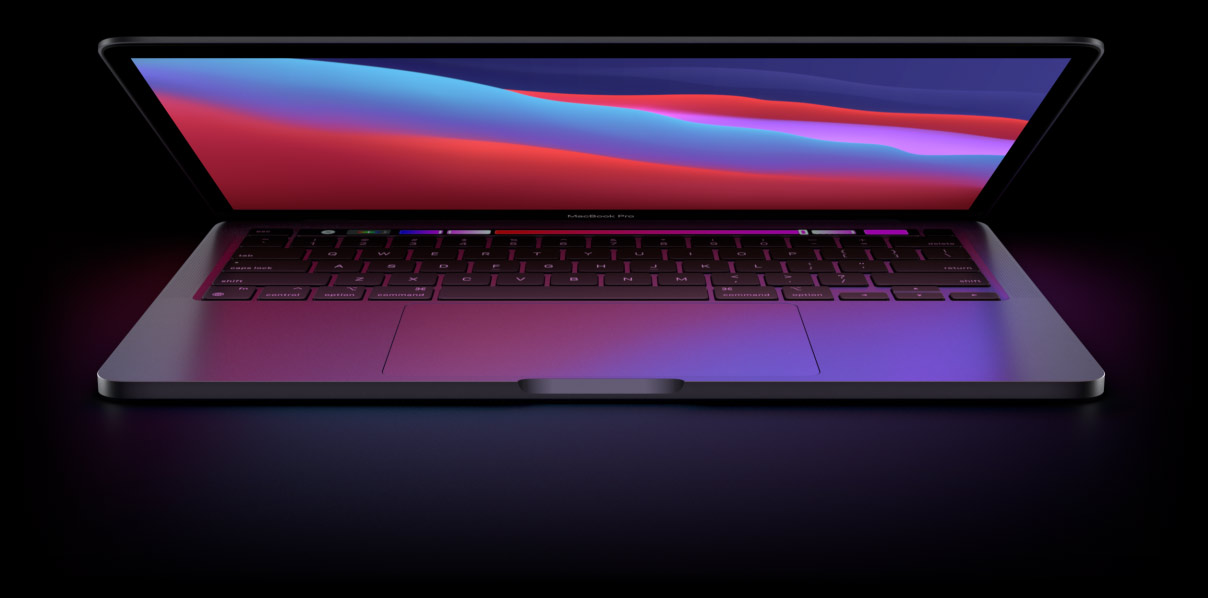
Given the fact that Apple's own M1 system-on-chip continues to use LPDDR4X-4266 memory, it is highly probable that the company is going to rely on mobile DRAM at least for its notebooks going forward. But what about desktop PCs?
Desktops starve for performance. On paper, LPDDR5X-8533 beats DDR5-6400, but likely does that at a much higher cost and relying on point-to-point interconnections that prohibit modules as well as upgradability. Since Apple no longer has to rely on third-party's processors, it could use any kind of memory no matter the costs assuming that memory bandwidth matters a lot for performance of its processors. And that begs the question about which of the upcoming memory standards will be used by Apple for its computers.
Making predictions about Apple's plans is generally not a good business since the company is notoriously secretive. But innovative types of memory are just another bonus that is provided by SoCs developed-in-house. Keeping in mind that Apple is now a major platform developer, its design decisions will impact the whole market.
Summary
There are three new types of memory — DDR5, GDDR6X, and LPDDR5X — coming to different kinds of applications.
DDR5 is guaranteed to become the next de-facto standard for client and server PCs, but it will take some time before it dominates the market. Meanwhile, scalability of DDR5 both in terms of performance and in terms of density will enable the new memory technology to have a very long lifespan. DDR3 stayed on the market for over seven years and DDR4 will have turned seven in 2021.
By contrast, it remains to be seen how successful GDDR6X will be in the long run as it yet has to demonstrate all the advantages PAM4 signaling can offer to DRAM. Adoption of GDDR6 by game consoles and entry-level graphics cards will inevitably drive costs of this DRAM down, whereas GDDR6X is poised to remain a premium type of memory unless it is supplied by more than one maker.
At present, LPDDR4/LPDDR4X continues to dominate the market and will do so for at least a couple of years. LPDDR5 has gotten cheaper than it was and it has a number of advantages over LPDDR4X, so the number of SoCs supporting LPDDR5 is going to increase next year when MediaTek announces its new processors. It is unclear when the LPDDR5X extension proposal is set to be submitted and then ratified by JEDEC, but at 8533 MT/s data rate this type of memory looks rather plausible.

Anton Shilov is a contributing writer at Tom’s Hardware. Over the past couple of decades, he has covered everything from CPUs and GPUs to supercomputers and from modern process technologies and latest fab tools to high-tech industry trends.

